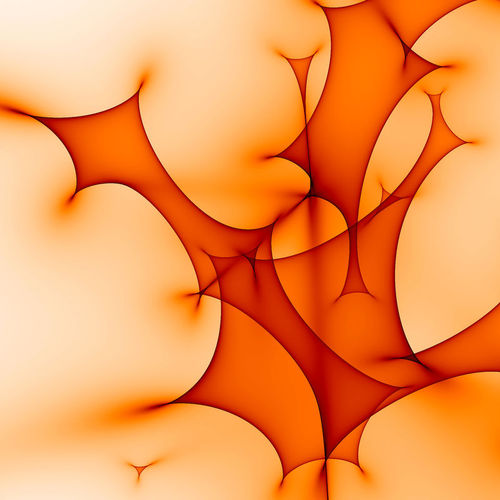|
Art of Science 2009 Online Gallery
«Prev |
Thumbnails |
Next »
|
 Light Deflection 2b
Joachim Wambsganss (faculty)
Department of Astrophysical Sciences
According to Einstein's Theory of Gravity, a ray of light is attracted by a clump of matter. As a consequence of "gravitational lensing", the light ray changes its direction from a straight line by a minute amount when it passes close to a cosmic object. Stars and planets in our Milky Way or in other galaxies can act as "microlenses": They focus the light of a background source in a very characteristic way. The main effect is a time-variable magnification of the background source due to relative motion.In our research, we simulate the effects of light deflection by tracing light rays backward through a field of lensing objects and calculating their deflection. The colors in the resulting two-dimensional maps in the "source plane" reflect the density of light rays, they indicate the magnification of the background source as a function of its position. The sharp "caustic lines" are locations of very high magnification. When a background star moves across such a pattern, we can measure its variable brightness with our telescopes and deduce properties of dark matter or discover extrasolar planets.
Figure 2b: This microlensing pattern indicates the magnification of a distant "quasar" as a function of its position; it is produced by the light deflection of many stars in an intervening galaxy. (Zoom of "Light Deflection 1")
|
|